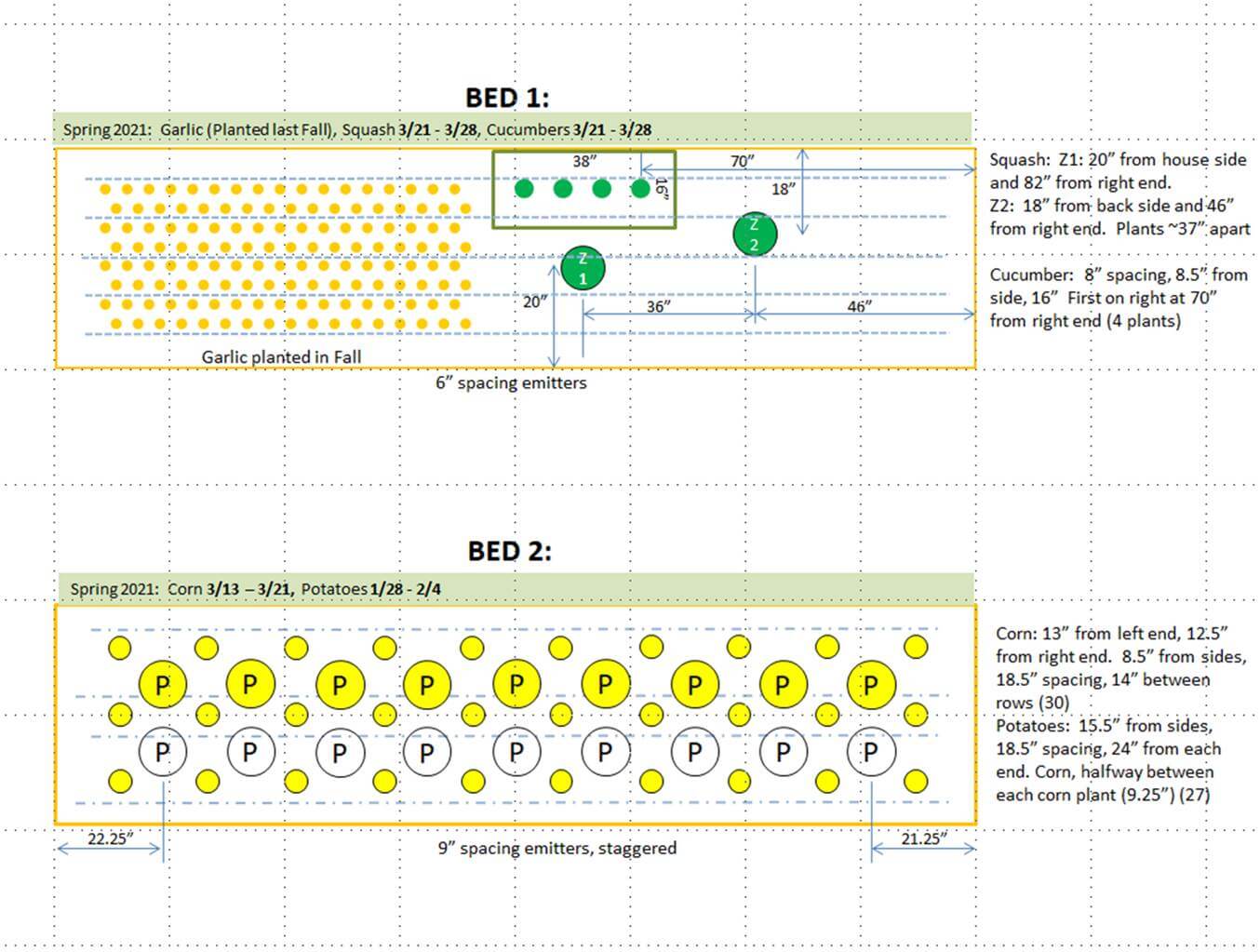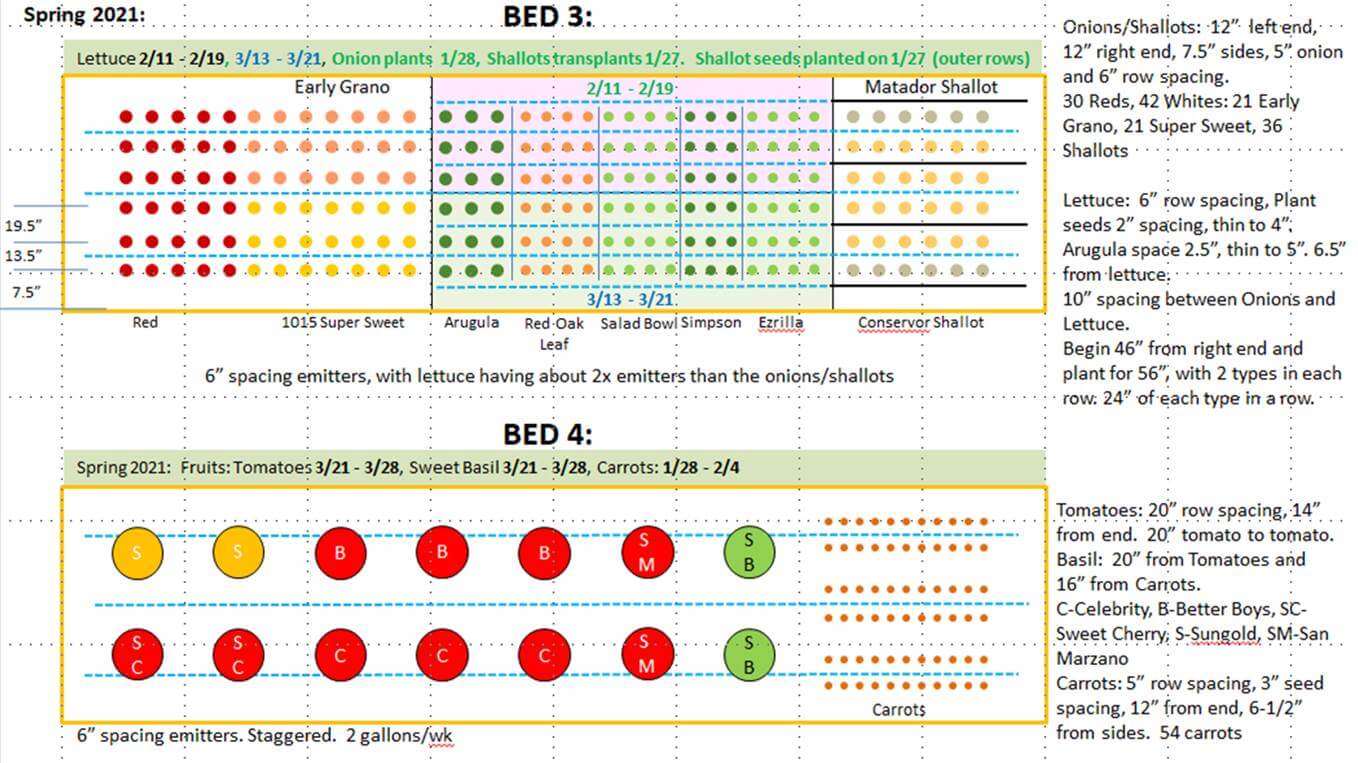“Are hybrids better than the real thing?” Question from Dave of Springfield, Massachusetts
Answer: There is a simple and more complex answer to this question. The simple answer is that they often are better. Hybrids exist in the wild, as well as in the nurseries of plant breeders, and they often exhibit something called ‘hybrid vigor, outbreeding enhancement, or heterosis. Plants with hybrid vigor have an edge because they have inherited positive traits from both parents. It is equally important to understand that plant genetics are complex, and you do not automatically get hybrid vigor by crossing two species that are able to interbreed. Different plants genetically express themselves in distinct ways, and some show heterosis more than others. Those plants and crops that commonly show hybrid vigor, express increases in productivity, plant uniformity, and overall vigor. Hybrid breeding methods are particularly useful in these crops: beets, broccoli, corn, peppers, rice, spinach, sunflowers, tomatoes, and watermelon as well as many common flowers.
Modern Crops and Human Intervention
It is also important to understand that when it comes to common, coveted garden vegetables, crop plants, and flowers valued by humans, there is no “real thing” in the garden–meaning these plants have been changed by humans to the point where garden varieties do not exist in the wild. Here are four good examples.
- Corn has been selected over thousands of years by man and has never existed in the wild as corn (click here to learn more).
- Broccoli, Brussels sprouts, cauliflower, cabbage, and kale are all the same species, Brassica oleracea, an edible leafy plant from Eurasia. The widely different garden forms are all a product of selection and hybridization by humans.
- Wild apples, and those selected over thousands of years by humans, bear little resemblance to one another.
- The same trends can be applied to popular garden flowers, ancient or new, such as roses (Rosa hybrids, selected for thousands of years), dahlias (Dahlia hybrids, selected since Aztec times), and the more recent coneflower (Echinacea hybrids).
Old and New Hybrids
Some garden varieties are old heirlooms selected over generations, while others are products of new hybridization and selection efforts. But consistently, where people have had a hand, you will find plants with bigger, tastier, more colorful fruits produced in higher quantities on plants that make harvesting easier, or you will find bigger, prettier flowers produced in greater quantities on well-branched plants.
The greatest hybridization efforts of this and the last century have worked to battle common diseases and pest susceptibilities in plants. These hybrid traits are especially important because they help to feed the world more efficiently without the need for harmful pesticides, fungicides, etc.
I hope that these answers help!
Happy gardening,
Jessie Keith
Black Gold Horticulturist








